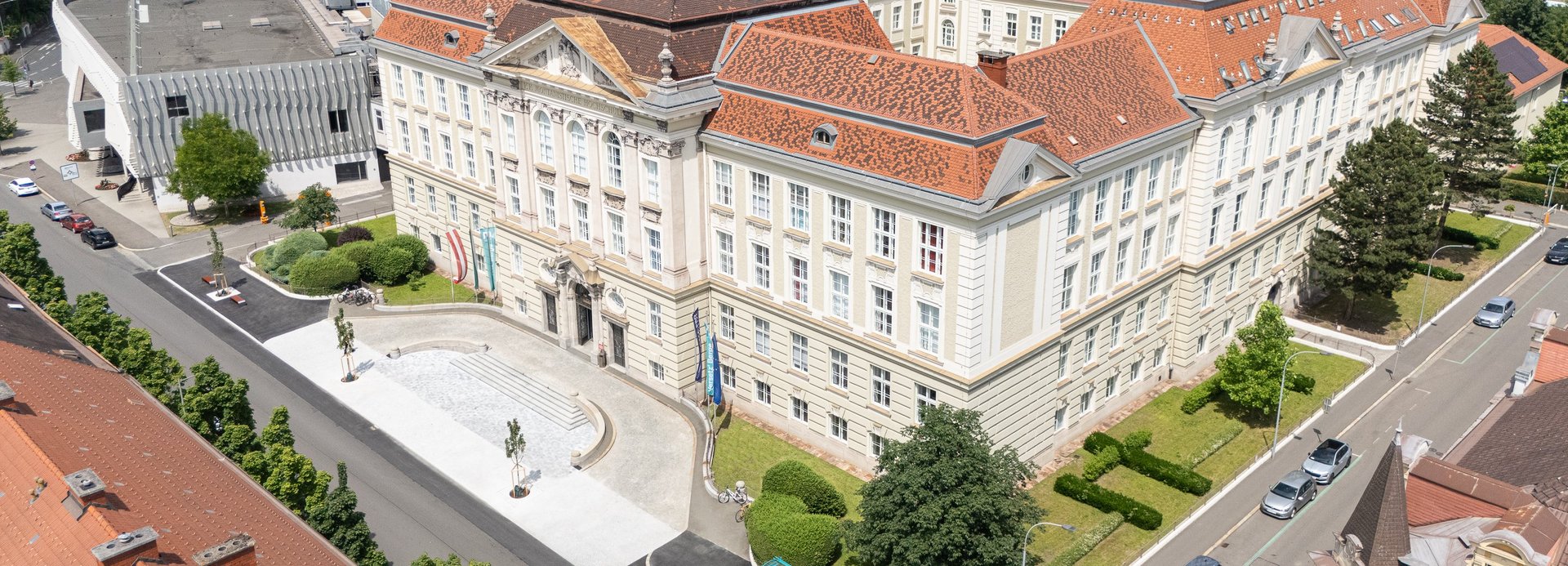Abstract: Experimental results on sorption-induced deformation during npentanedesorption were obtained by in-situ dilatometry and in-situ small angleX-ray scattering (SAXS). The sample investigated was a silica-based monolithwith hierarchical pore structure comprising amacroporous network of struts,each strut containing well-defined cylindrical mesopores ordered on a 2D hexagonallattice. In-situ dilatometry and in-situ SAXS measurements revealed strainisotherms of similar shape, which are qualitatively in good agreement with recenttheoretical predictions. From the relative pressure range of the liquid filledmesopores a pore load modulus of 1.5 GPa is determined. The relative pressureregion of mono- and multilayer formation, however, reveals differences betweenthe two independent methods. In particular, the net strain at saturation pressureis considerably larger for in-situ dilatometry. We attribute this observation to thedifferent sensitivity of the two methods to anisotropic deformation in the hierarchicalsolid framework. While in-situ SAXS measures the mesopore lattice strainand is therefore exclusively sensitive to radial deformation of the struts, dilatometry measures the linear deformation of the isotropic macroscopic sample,being sensitive to the volumetric strain of the whole network.
COVER ILLUSTRATION Front Cover with the friendly assistance of Nicola Hüsing and Oskar Paris. SEMimage of the macroporous network structure of hierarchically porous silica monoliths. (cf. Fig 1b of Balzer,Morak, Erko, Triantafillidis, Hüsing, Reichenauer, and Paris, pp. 1189–1209, this issue).
